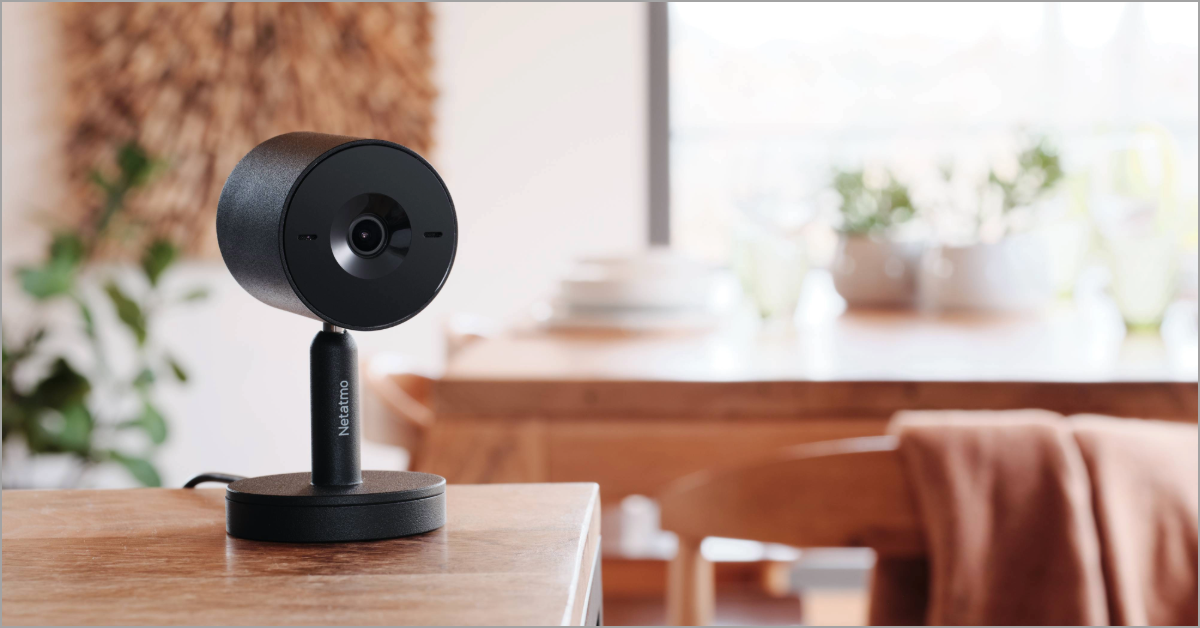
Nieuwe Binnencamera: Advance
When summer comes around and temperatures start to soar, finding a way to stay cool at home is a must. Handy and easy to install, packaged air conditioner (also known as monoblock units) can be a good option for regulating the temperature in the rooms of your home. What are the advantages and disadvantages of a monoblock air conditioning system? Will this kind of unit meet your needs? The different types of HVAC all have their pros and cons, in terms of energy efficiency, price and performance. So if you’re looking for the ideal temperature control solution for your home, read on to find out whether this is the right technology for you.

Unlike split air conditioners, which have an indoor and an outdoor unit, packaged AC units rely on a single indoor unit to cool the air in a room. Here’s how these systems work:
As its name suggests, you attach a wall mounted unit to a wall in the room that needs to be cooled. It will cost more than a portable model, but will generally be more efficient at cooling the home.
This type of system is on castors so you can wheel it from one room to another, for a flexible air conditioning solution. However, these products have their limits, as they can only cool small spaces.
A window mounted packaged unit is a specific type of monoblock air conditioner designed to be installed directly in a window. Window mounted AC units are often used in homes, offices or small rooms where installation of a centralised air conditioning system is not possible.
A packaged reverse cycle air conditioner works in a similar way to a heat pump. This type of single package unit can provide both cold air and heating. Unlike conventional packaged units, packaged reverse cycle AC units can reverse their operating cycle to produce warm air so they can heat your home in winter.
Packaged units are easier to install than more complex split systems. With this technology, there’s no need for any plumbing work or outdoor units, so this type of product offers an ideal solution for tenants or temporary spaces.
Portable packaged AC units are very handy because you can easily move them from one room to another as needed. This flexibility allows you to control the temperature in different areas of your home or office as you see fit. So with these products, you can enjoy optimum comfort where you need it most.
In general, packaged models are less expensive to buy than split systems. If you’re on a budget, a packaged air conditioning system may be a more affordable option for basic air conditioning.
Packaged air conditioning systems are more convenient than split models, as they don't require any major construction work. So, if you’d rather not make any permanent changes to your space, this type of unit offers the best solution.
Packaged air conditioners generally have less cooling capacity than split systems. They are suitable for small indoor areas but are not powerful enough to cool a large room.
With a package system, the entire system is installed indoors, you might hear more noise than you would with a split system (which would have an indoor and outdoor unit, the noisier unit being located outside). This can be a bit of a nuisance to residents, especially if the product is placed in a room used for resting or working.
If interior design is important to you, bear in mind that portable packaged HVAC systems are not primarily designed to look good. The vent hose that removes heat through a window or other opening may not blend in seamlessly with the rest of your decor.
Package systems need to expel hot air outside of the home. This can be done using a vent hose, which must be correctly positioned. This can sometimes be inconvenient or require temporary changes to the structure of the window.
There are pros and cons to all types of AC. Package air conditioners can be slightly less energy efficient than other types. This means they use more energy, leading to higher electric bills. So it’s important to take this factor into account when choosing your air conditioning system.
A number of factors can influence the price:
Generally speaking, package systems are a less expensive option.
There are no measures designed specifically to fund this type of device, but the UK government has set up incentives to encourage homeowners and businesses to choose air conditioning more generally. They include: